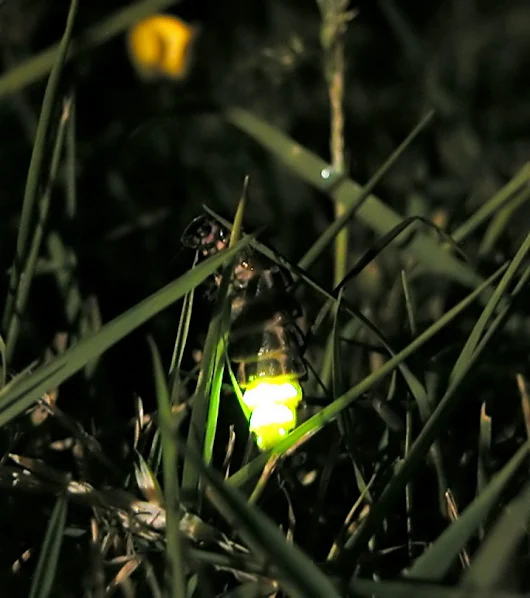Technology during World War 2 .
Aegis Combat System ..
Analog & Digital Computing ↠
ASV AI RDF ..
ASV AI RDF ..
CDNs - Content Delivery Networks ↠
Communications: Underwater Cables ..
Comparisons - air, land, sea ..
D-Day innovations ..
CIA
Communication infrastructure ..Communications: Underwater Cables ..
Comparisons - air, land, sea ..
D-Day innovations ..
DARPA ..
F-35 ..Geostrategic Power - Instruments ..
Cryptocurrency
Nuclear Power
SMRs - Small Nuclear Thorium Reactors ↠
GPS - Global Positioning Systems ..
Inventors ..
MIT ..
Stealing Military Hardware ..
Radio Direction Finding ..
Radio Research Station at Ditton Park, Slough ..
Radiolocation ..
RDF ..
1906-3-15: Rolls-Royce Limited, UK ..
Radio Direction Finding ..
Radio Research Station at Ditton Park, Slough ..
Radiolocation ..
RDF ..
1906-3-15: Rolls-Royce Limited, UK ..
Russian vs US Naval Weaponry, 21st ↠
62-7-10 Satellites transmit TV globally ..
Shermans - M3, M4s ..
1900-3-7 1st ship-to-shore wireless message ..
62-7-10 Satellites transmit TV globally ..
Shermans - M3, M4s ..
1900-3-7 1st ship-to-shore wireless message ..
Starlink ..
Terminology - Naval ..3D Printing
Civilian, Military Kit
Communications
Construction
Domestic
Drones
Encryption
Espionage, Industrial, Intellectual Property Theft
Geostrategic Projection
European Geostrategic Projection ..Innovation
Military Costs
Budgets (Military) ..
Budgets (Military) ..
Modeling
SMRs - Small Nuclear Thorium Reactors ↠
Project Management
Space
Survival, Emergency Preparedness
Weaponry - Defensive/Offensive
●● Education, Training ..
Agriculture | Air | Atrocities | Blitz | Campaigns | Characters | Cold War | Defence | Espionage| Government | Home Front | Industry | Infrastructure | Intelligence | Land | Locations | Logistics| Propaganda, Publications | Sea | Services | Society | Tactics | Technology | Timelines | Theatres | Volunteers | War | Weaponry | WW1 |
Agriculture | Air | Atrocities | Blitz | Campaigns | Characters | Cold War | Defence | Espionage| Government | Home Front | Industry | Infrastructure | Intelligence | Land | Locations | Logistics| Propaganda, Publications | Sea | Services | Society | Tactics | Technology | Timelines | Theatres | Volunteers | War | Weaponry | WW1 |




